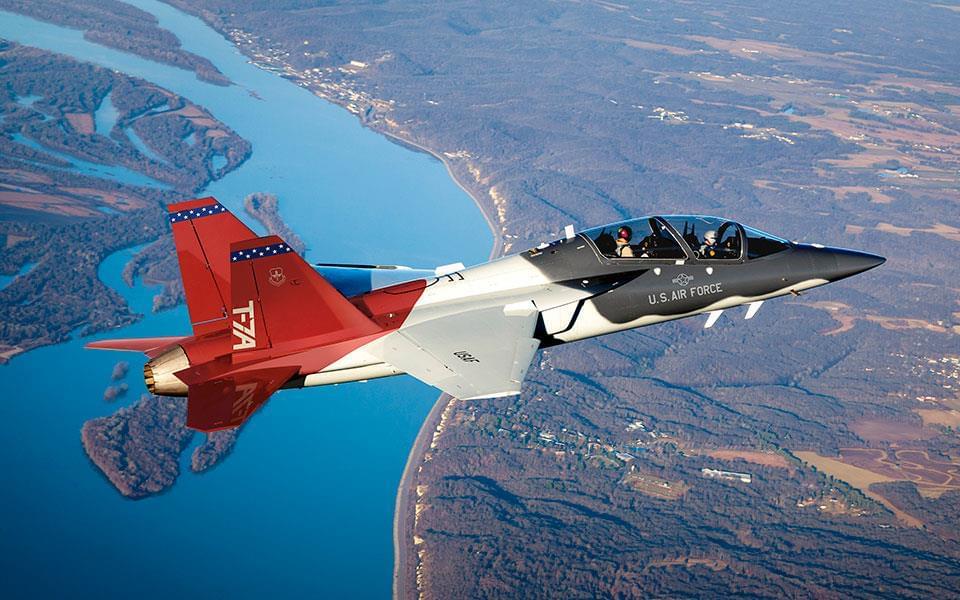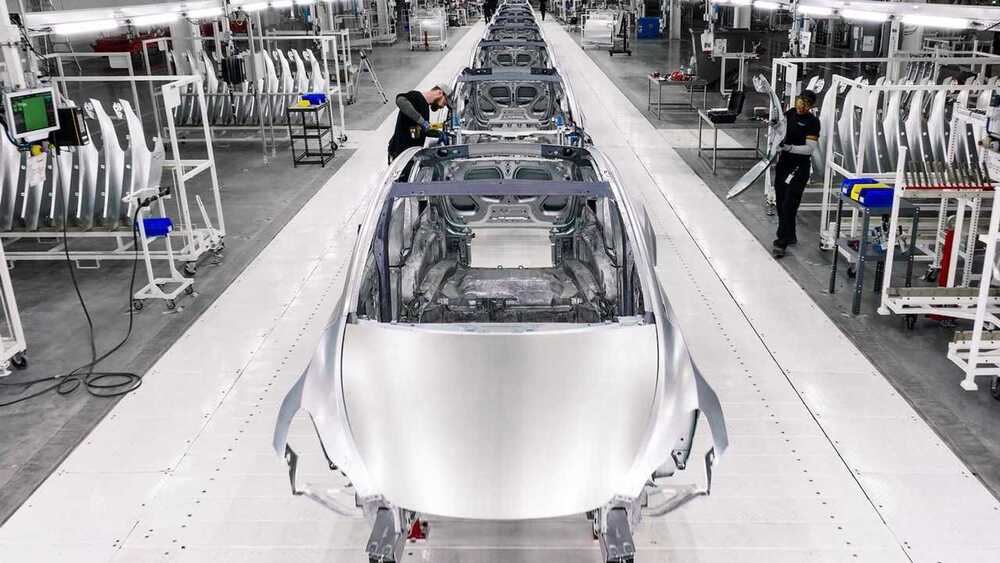As salt encroaches on productive agricultural land, a handful of startups are finding ways to make crops grow in seawater with genetic modification and transforming solar saltwork.




Revo Foods.
This is according to a press release acquired by Interesting Engineering on Tuesday.



An insect-sized robot powered by tiny explosions can crawl, leap and carry a load many times its own weight.
The robot, developed by materials engineer Robert Shepherd at Cornell University in Ithaca, New York, his PhD student Cameron Aubin and their colleagues, is powered by tiny actuators. “The actuator kind of looks like a drum. It’s a hollow cylinder with an elastomeric silicone rubber on the top,” says Aubin.
The researchers used four actuators to drive the robot’s feet. To make the robot jump or crawl, a stream of methane and oxygen is fed into each foot and sparked with electricity from a battery. The resulting reaction between the gases to form water and carbon dioxide releases energy as a small explosion, causing the rubber layer to deform. “That acts sort of like a piston,” Aubin says.

The Pentagon’s Defense Advanced Research Projects Agency (DARPA) has chosen Boeing to develop a prototype and conduct flight testing of its upcoming Glide Breaker hypersonic interceptor. An interceptor is a weapon designed to destroy other missiles mid-flight before they reach their targets. Glide Breaker is a planned huge leap forward in missile interceptors, as it’s designed to target the highly maneuverable class of weapons known as hypersonic glide vehicles, which are able to execute abrupt “zig-zag” maneuvers as they glide unpowered through Earth’s atmosphere at speeds of Mach 5 and higher. (Mach 1 is the speed of sound — about 767 mph, or 1,234 kph, at sea level.) This combination of speed and maneuverability makes such weapons much harder to defend against than traditional missiles.

Needless to say, this could transform the way Tesla builds EVs and contribute decisively to halving production costs, which is a long-time goal of CEO Elon Musk.
The sources said the know-how to achieve that is core to Tesla’s “unboxed” manufacturing strategy unveiled by Elon Musk in March, which is key to his plan to build tens of millions of cheaper EVs over the next ten years, and still turn a profit.
Two of the insiders said Tesla’s new design and manufacturing techniques could allow the company to develop a car from the ground up in 18–24 months, compared to 3–4 years for most rivals.
According to the Organisation for Economic Co-operation and Development estimates, transportation accounts for 27 percent of global carbon emissions. Powered by fossil fuels, road-based transportation contributes 80 percent of these emissions and therefore countries are aggressively pushing for the electrification of vehicles. While major advances have been made for passenger cars and air transport, water transport is still lagging. Yara’s new cargo ship might just lead the way.